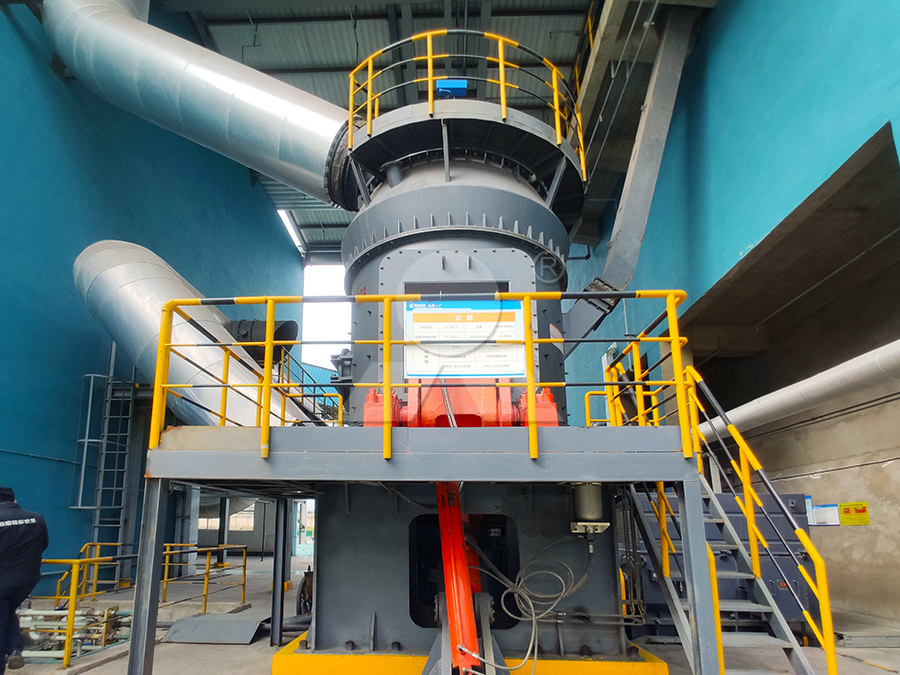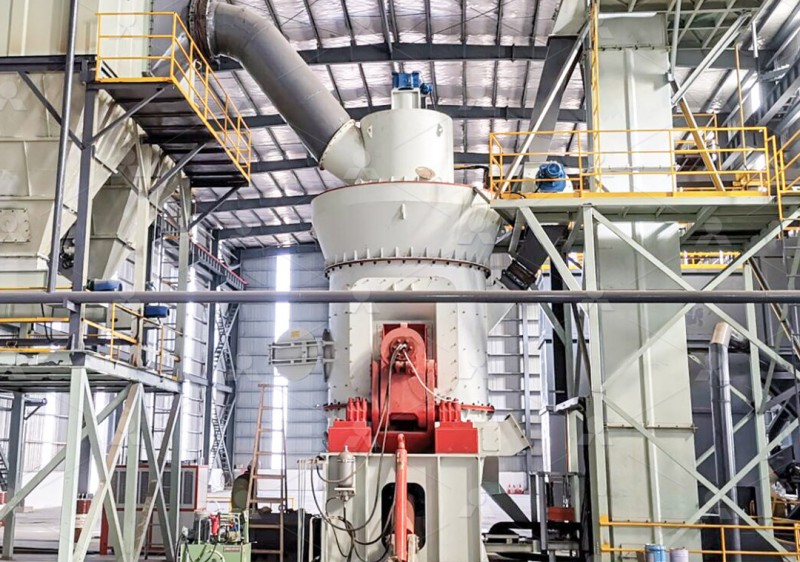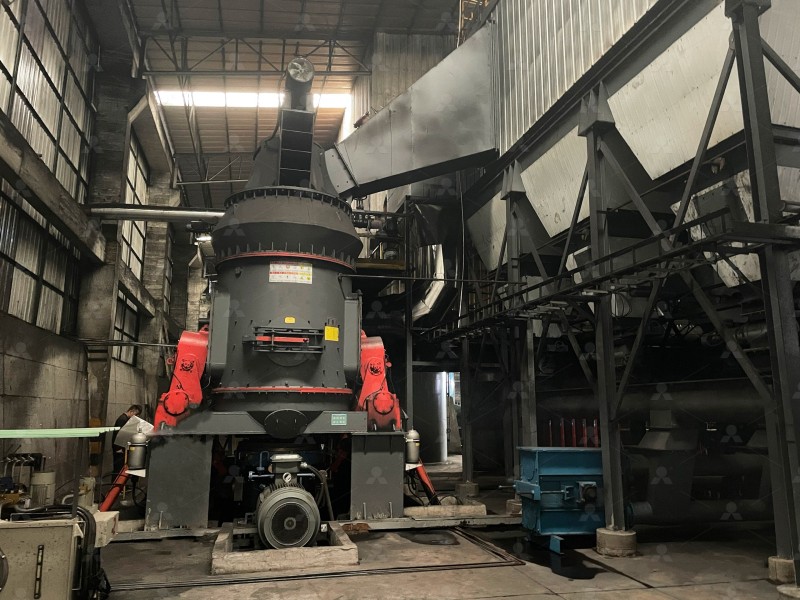Steel Slag Vertical Roller Mill for Cement Plant Grinding Applications
Unlocking Value From Industrial Byproducts: The Steel Slag Challenge
In today’s environmentally conscious and cost-driven cement industry, finding efficient ways to utilize industrial byproducts is no longer optional—it’s essential. Steel slag, a copious byproduct of steel manufacturing, presents both a disposal challenge and a significant opportunity. When processed correctly, it transforms into a valuable supplementary cementitious material (SCM) that can enhance concrete properties and reduce the clinker factor in cement production. The key to this transformation lies in advanced grinding technology.

Traditional grinding methods, such as ball mills, often struggle with the abrasive and heterogeneous nature of steel slag. They are characterized by high energy consumption, significant wear on grinding media, and difficulty in achieving the precise particle size distribution required for optimal reactivity in cement. This is where vertical roller mills (VRMs) have revolutionized the approach, offering a targeted solution for this demanding application.
The Vertical Roller Mill Advantage for Slag Grinding
Vertical roller mills are specifically engineered to handle the rigors of slag grinding. Their fundamental operating principle involves a bed-compression grinding mechanism, where material is ground between a rotating table and rollers pressed against it. This method is inherently more efficient for abrasive materials than the impact and attrition-based grinding in ball mills.
The primary benefits of using a VRM for steel slag include:
- Superior Energy Efficiency: VRMs can reduce specific energy consumption by 30-50% compared to traditional ball mills, a critical factor given that grinding is one of the most energy-intensive stages in cement production.
- Integrated Drying: Hot gases can be introduced directly into the mill, simultaneously drying moist slag and grinding it, eliminating the need for a separate, energy-intensive drying step.
- Precise Particle Size Control: Integrated dynamic classifiers allow for tight control over the product fineness, enabling producers to tailor the slag powder’s granulometry to maximize its hydraulic or pozzolanic activity.
- Lower Wear Rates: While slag is abrasive, the bed-grinding action in a VRM leads to lower relative wear on the grinding elements compared to the high-impact environment of a ball mill.
- Compact Footprint: The vertical design occupies significantly less space than a horizontal ball mill system with equivalent capacity.
Our Engineered Solution: The LM Vertical Slag Mill
Recognizing the unique demands of slag processing, we have developed the LM Vertical Slag Mill. This mill is not merely an adaptation of a cement mill; it is a purpose-built machine designed from the ground up to excel in grinding industrial wastes like granulated blast furnace slag and steel slag.
The LM Vertical Slag Mill integrates crushing, drying, grinding, powder selection, and conveying into a single, cohesive unit. Its robust construction features high-performance wear-resistant materials in critical areas to withstand the abrasiveness of slag. With an input size of 38-65mm and a capacity range of 7-100 T/H, it is capable of handling the high-volume output of modern steel plants. Most notably, its energy consumption is a remarkable 30% to 40% lower than a traditional ball milling system, offering a rapid return on investment through drastically reduced operating costs.

For applications requiring even finer powders or processing of other industrial minerals, our LUM Ultrafine Vertical Grinding Mill presents an excellent alternative. The LUM series incorporates the latest grinding roller technology and German powder separating technology, achieving fineness levels ideal for high-value applications. With an input size of 0-10mm and a capacity of 5-18 TPH, it represents the cutting edge in ultrafine powder grinding, integrating grinding, grading, and transporting into one highly efficient system.
Driving Sustainability and Profitability
By implementing a dedicated vertical roller mill for steel slag, cement plants can effectively close the industrial loop. This practice contributes directly to a circular economy by converting waste into a valuable resource, reducing landfill use, and conserving natural raw materials. From a business perspective, it lowers production costs, creates a new revenue stream from the sale of slag cement, and enhances the company’s green credentials.

The journey from challenging byproduct to high-performance cement component is a technical one, demanding the right equipment. With advanced vertical roller mill technology, the cement industry is perfectly positioned to turn the challenge of steel slag into a cornerstone of sustainable and profitable operations.
Frequently Asked Questions (FAQ)
What is the main advantage of a VRM over a ball mill for slag grinding?
The primary advantage is significantly higher energy efficiency, typically 30-50% lower specific energy consumption. VRMs also offer integrated drying and more precise particle size control.
Can the LM Vertical Slag Mill handle wet slag?
Yes. The mill is designed with an integrated drying function. Hot gases are introduced into the grinding chamber, allowing simultaneous drying and grinding of slag with moisture content.
What is the typical fineness achievable for slag cement?
The LM Vertical Slag Mill can reliably produce slag powder with a Blaine fineness of over 400 m²/kg, and often up to 500-600 m²/kg, which is the standard range for high-quality slag cement.
How does using ground slag benefit the final cement product?
Incorporating ground slag improves the long-term strength and durability of concrete, enhances its resistance to chemical attack, and reduces heat of hydration, making it ideal for mass concrete structures.
Is the wear rate high when grinding abrasive steel slag?
While slag is abrasive, the LM Vertical Slag Mill uses a bed-compression grinding principle and is equipped with wear-resistant alloys in key areas, resulting in lower and more manageable wear rates compared to ball mills.
